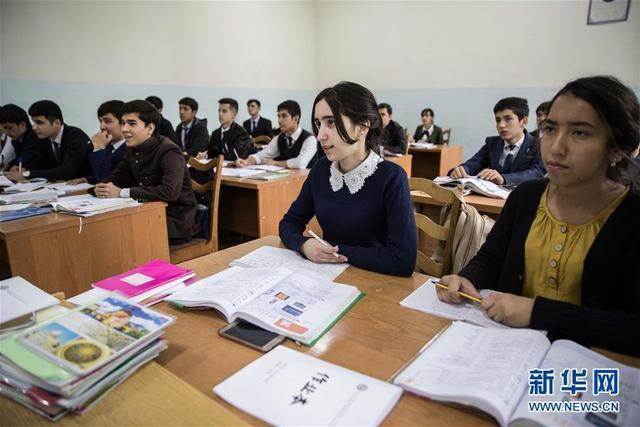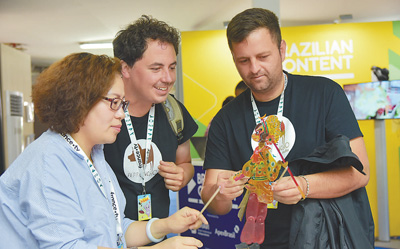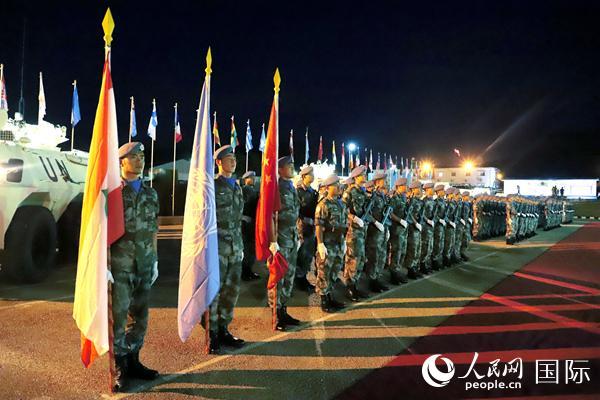(Peoples Daily Online)10:18, June 17, 2019![]()
During the first half of this year, the number of candidates who took the Chinese Proficiency Test at the Confucius Institute at Tajik National University reached a record high of nearly 2,000 participants.

Students attend Chinese class at theConfucius Institute at Tajik National University. (Photo/Xinhua)
Chinese fever in Tajikistan is connected with the closer relations between China and Tajikistan under the Belt and Road Initiative framework.
Tajik people yearn to learn more about China and believe that mastering Chinese helps with their career development, said Kasimov Farruh, director of Confucius Institute at Tajik National University.
Since the Confucius Institute was founded in 2009, it has received more than 100 Chinese teachers from China, as well as teaching resources such as books and multimedia classrooms.
The institute has held more than 800 teaching and cultural activities. The educational institutions in Tajikistan expect that more Confucius institutes will be built and more Chinese cultural activities held in the future, Farruh said.
A Tajik student with the Chinese name of He Wenna said China has not only helped with the economic development of Tajikistan, but it is also providing opportunities for Tajik students to study in China.



